Speculative diagrams: plotting to reclaim algorithmic prediction
The following presentation was given by Betti Marenko and David Benqué on the 3rd of June 2018 at Design Anthropology: Uniting experience and imagination in the midst of social and material transformation, a panel of the Art, Materiality and Representation conference organised by the Royal Anthropological Institute at the British Museum in London.
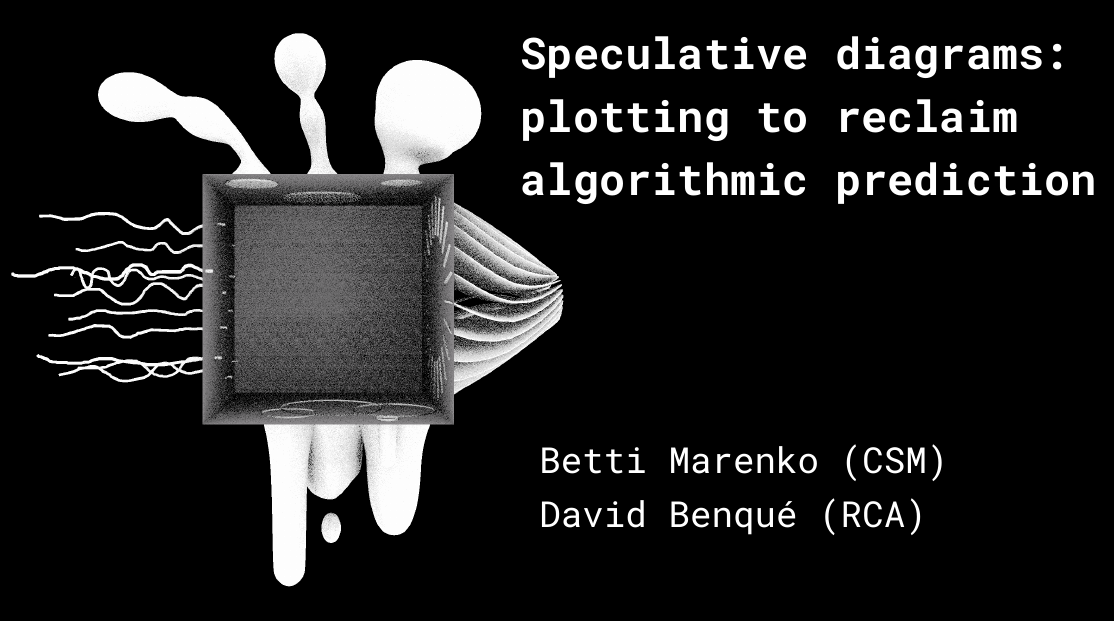
How can this proposal be distinguished from issues of authority and generality currently articulated to the notion of “theory”? This question is particularly important since the “cosmopolitical” proposal, as I intend to characterize it, is not designed primarily for “generalists”; it has meaning only in concrete situations where practitioners operate. It furthermore requires practitioners who (and this is a political problem, not a cosmopolitical one) have learned to shrug their shoulders at the claims of generalizing theoreticians that define them as subordinates charged with the task of “applying” a theory or that capture their practice as an illustration of a theory. --- Isabelle Stengers (2005)
We begin from Isabelle Stengers’ quotation as an opening gambit to frame a collaborative practice that brings together a theorist and a designer with a common interest in computation, speculation and divination as a way to un-settle algorithmic determinism. We chose to work with diagrams to figure out how to reclaim the spaces of potential from the clutches of algorithmic prediction and its foreclosure of futures.
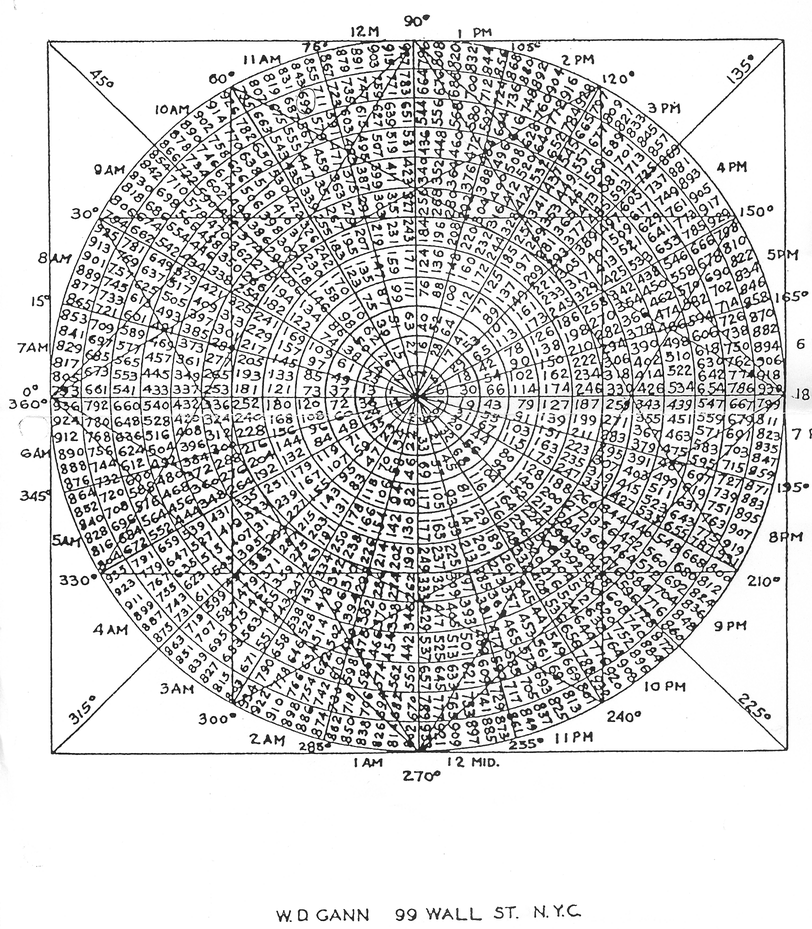
We focus on diagrams because they are a common language between computation, prediction and speculation.
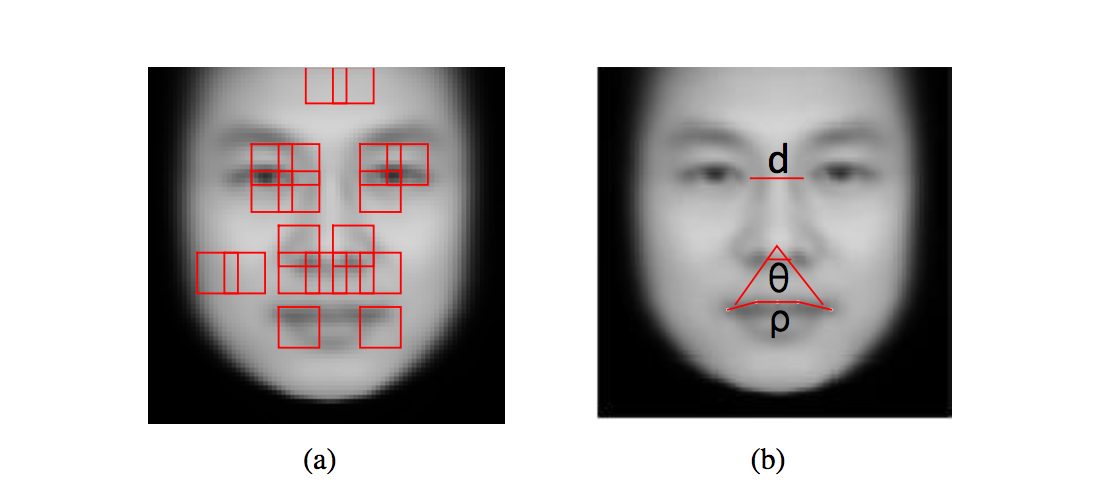
On one hand diagrams are the operational core of algorithmic prediction, they are pattern-finding machines that produce the vector spaces underpinning the current regime of governmentality .
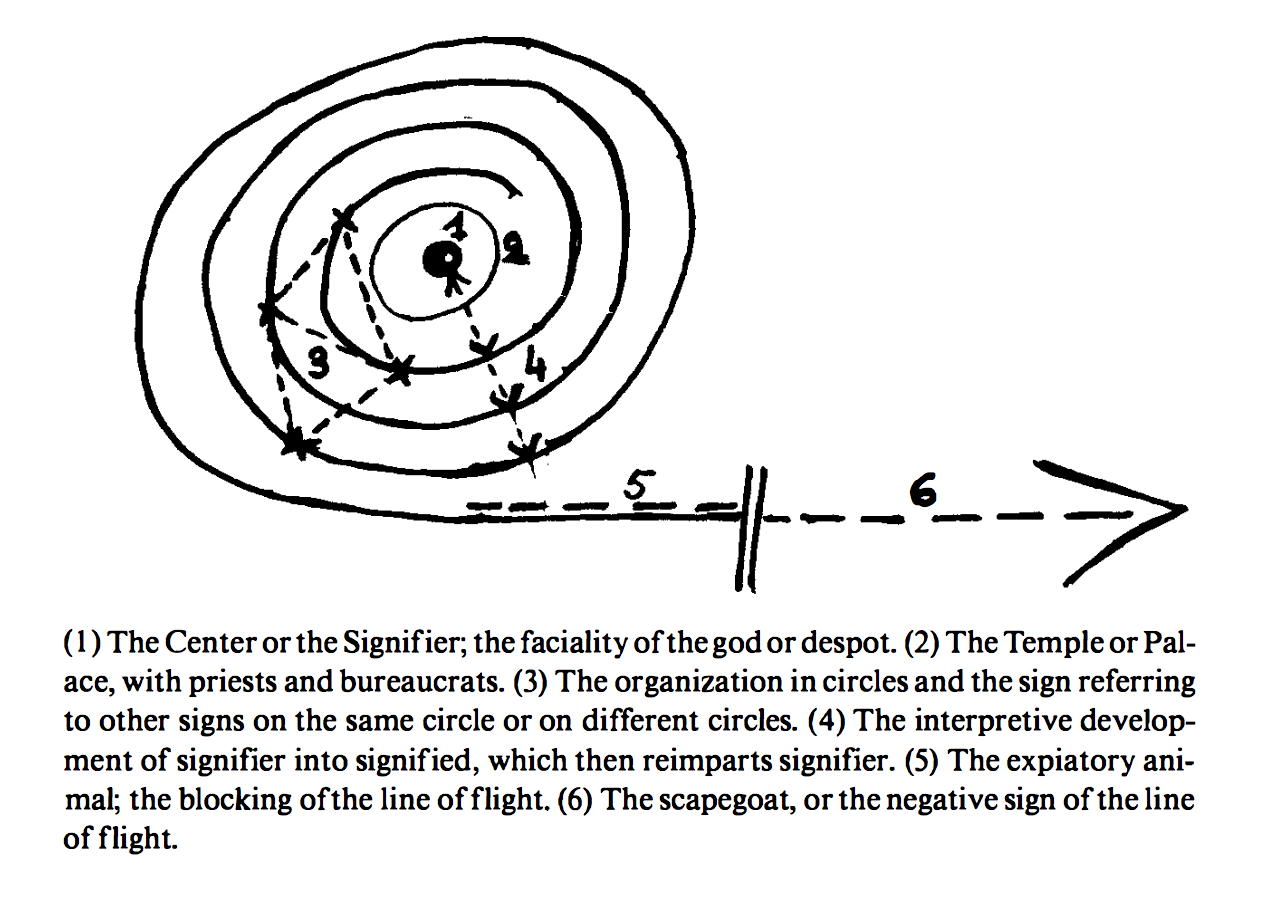
On the other hand, however, diagrams are speculative visualisations of what cannot be seen, yet; inventive machines that map the unformed and the unstable as they feed into change.
Hence, the lure of diagram-making, for us, is to delve into the possible as a fluid rather than a solid material in a way that retains openness to the unknown.
We insist on the creative dimension of diagram-making as a strategy to counteract what Félix Guattari describes as the drive to “binarise the possible incessantly, close off the future through all sorts of procedures” (Guattari 2016, p.192). A way in which the possible is binarised and the future is foreclosed right now is through algorithmic governmentality.

Algorithmic governmentality is the contemporary pre-emptive regime of power that “bypasses consciousness and reflexivity, and operates on the mode of alerts and reflexes” (Rouvroy, 2013, p. 153).
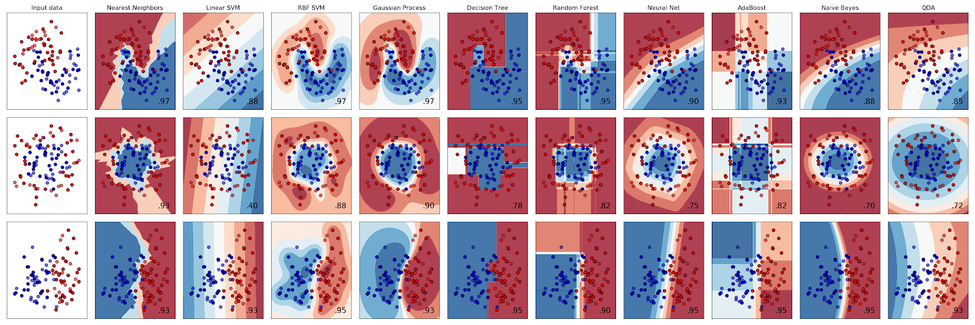
Algorithmic governmentality operates through Machine Learning algorithms performing continuous data-trawling, autonomous learning, recursive training and re-modelling in ‘real-time’. Through clustering, classifying, categorizing, and matching, Machine Learning predicts future behaviours based on past occurrences.
This is where prediction becomes prescription: a meta-digital phase (Parisi, 2017) where the constant supply of fresh data ensures a continuous automatic revision and refinement of models.

We can say, then, that the real target of algorithmic governmentality is the “inactual, potential dimensions of human existence, its dimensions of virtuality, the conditional mode of what people ‘could’ do, their potency or agency” (Rouvroy, 2013).
What is design doing about this?

Our argument is a critical one. We critique design for failing to engage with algorithmic prediction outside of mere implementation and ‘anticipatory design’ a user-experience approach which seeks to design seamlessly for a future without choice.
Even Speculative and critical design seems unable to address the practices and politics of algorithmic governmentality because of its narrow understanding of ‘speculation’.
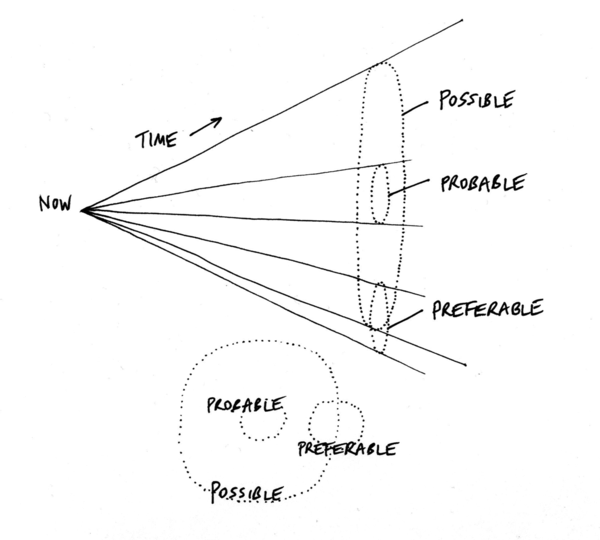
An example of this is given by a pervasive Speculative and critical
design trope:
Stuart Candy’s Futures Cone (2010) used as a
foundational diagram to describe the practice of Speculative and
critical design since its inception. However, in a current moment
saturated by computational prediction, this single ‘conceptual map’
fails to capture, and position itself in relation to, the continuous
diagramming of the future by machines.
We think this is a problem.
Echoing Isabelle Stengers, this is a political problem: the Futures Cone, in its more mainstream and corporate dissemination, has been stripped bare of its political connotations, and in some cases co-opted in the rhetoric of innovation - we are specifically attentive to how certain aspects of the preferable may sit beyond the possible, an explicit reference to an activist, utopian, practical political engagement.
The preferable in the cone is where the politics are.
The preferable is the space of the maybe.
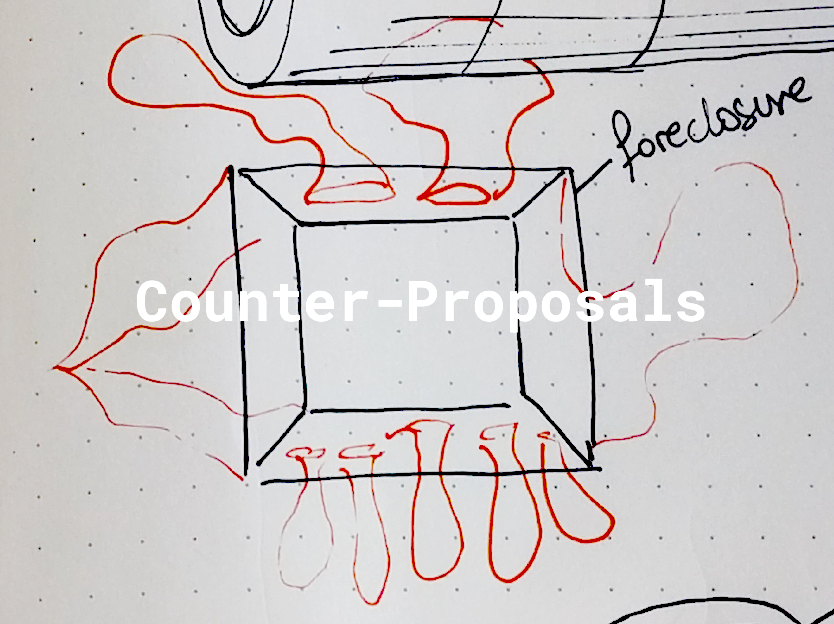
Our counter proposals are new diagrams that bring together an idea of computation as transformative, creative and inventive, engaging with ‘speculative gestures’ (Debaise and Stengers, 2015) as well as emphasizing the political valence of divinatory practices (Ramey, 2016) and conjectural knowledge (Ginzburg, 1980), to re-invigorate the speculative’ in Speculative and critical design.
Speculative gestures are necessary to counteract the current crisis in modes of thinking in which design is complicit - and to propose new modes of existence - with design as a powerful driver for change
We take divination as a practice that uses chance as an occasion to make meaning through a inquiry into the unknown; and making conjecture as a type of knowledge-production that allows for elements of unpredictability that are not measurable but are situated.
Making conjecture is also the practical open-ended nature of our speculative collaboration, in itself a diagrammable activity that requires invention, patience and lack of concern for the need to resolve differences. Which is our preferred notion of speculation - less future-fixed and less fixed on explaining, resolving and offering solutions, but instead a Speculative thinking/practice that aims at maximizing friction with experience.
The project here is to use computation as a picklock to pry open possible futures, pivoting on the potential, and staying with the indeterminate. These are some examples of our work in progress inspired by grooves, probeheads, holes, picklocks and string figures.
Grooves
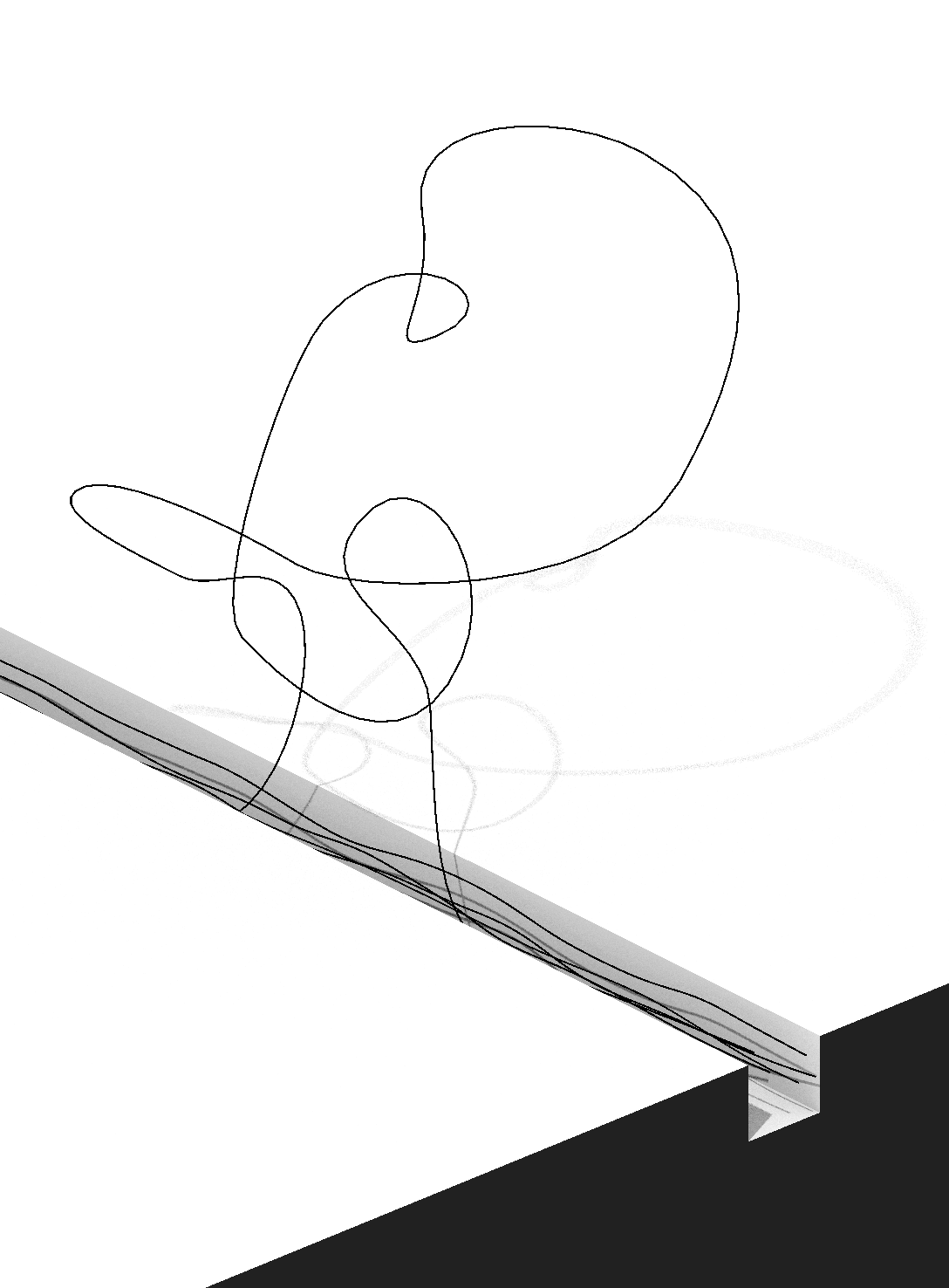
When thinking gets stuck 'in grooves’, as Whitehead puts it, artifices and interventions are needed to 'activate' thinking, to cultivate power, to instigate lines of flight.
“Now to be mentally in a groove is to live in contemplating a given set of abstractions. The groove prevents straying across country, and the abstraction abstracts from something to which no further attention is paid. But there is no groove of abstractions which is adequate for the comprehension of human life” (Whitehead, 1970, p. 197)
Probe-heads
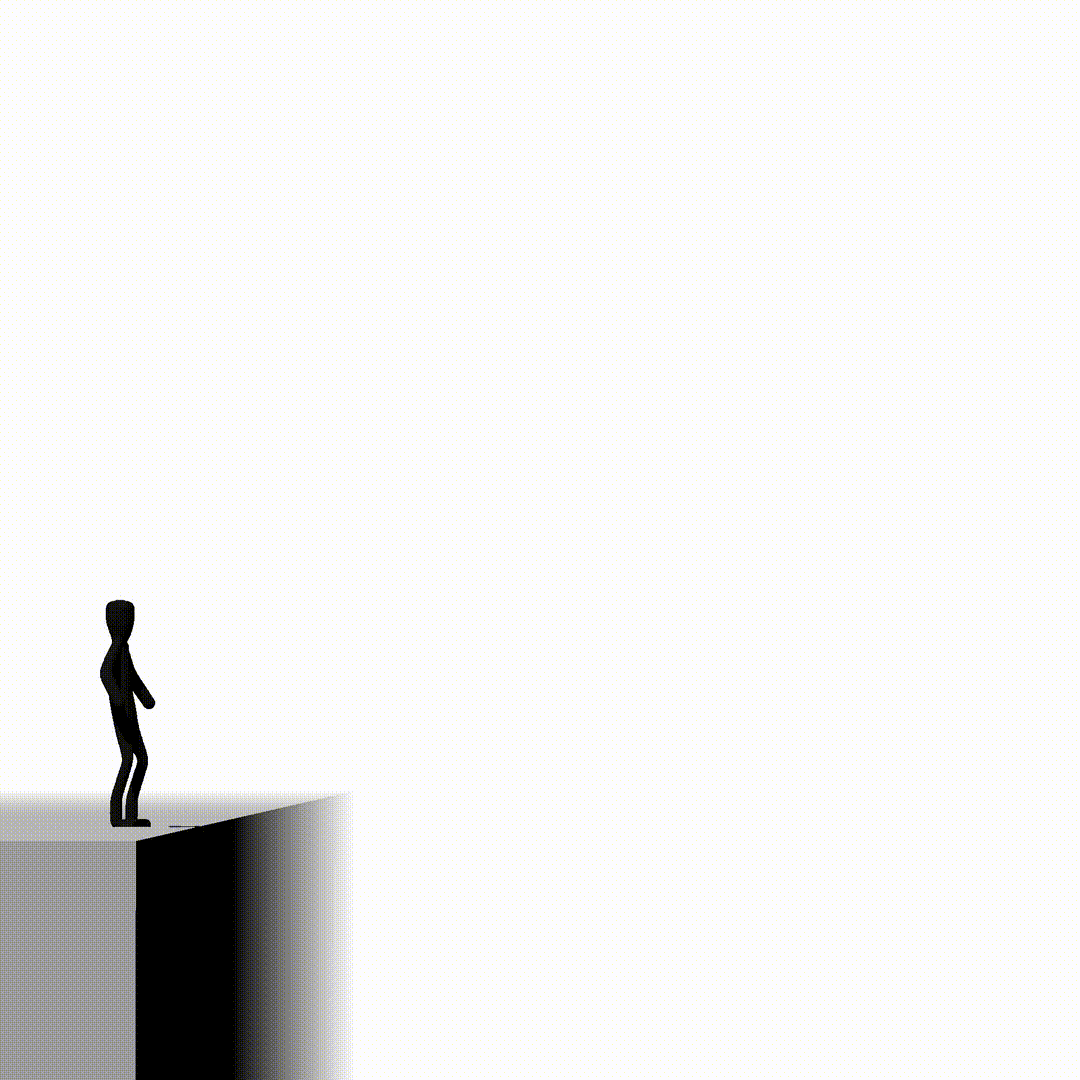
For Deleuze and Guattari (1987) probe-heads are “guiding devices that dismantle the strata in their wake, break through the walls of significance, pour out of the holes of subjectivity, fell trees in favour of veritable rhizomes, and steer flows down lines of positive deterritorialization or creative flight.” (Deleuze and Guattari, 1987, p. 190)
But they also produce other, stranger and more fluid modes of organisation. To paraphrase Simon O’Sullivan (2016), a probe-head might be any form of practice that ruptures the dominant regime thus creating something else, something new: a future that wasn't there before.
Holes

Philosopher Joshua Ramey (2018) argues against the neo-liberal appropriation of the future and colonisation of the present, proposing instead a kind of anti-futurity... a refusal of the entire category of the future. If time is somehow in front of us, then, to trouble it what is needed is a non-linear intervention that pierces holes, wormholes in the received notions of what the future should be.
Picklocks
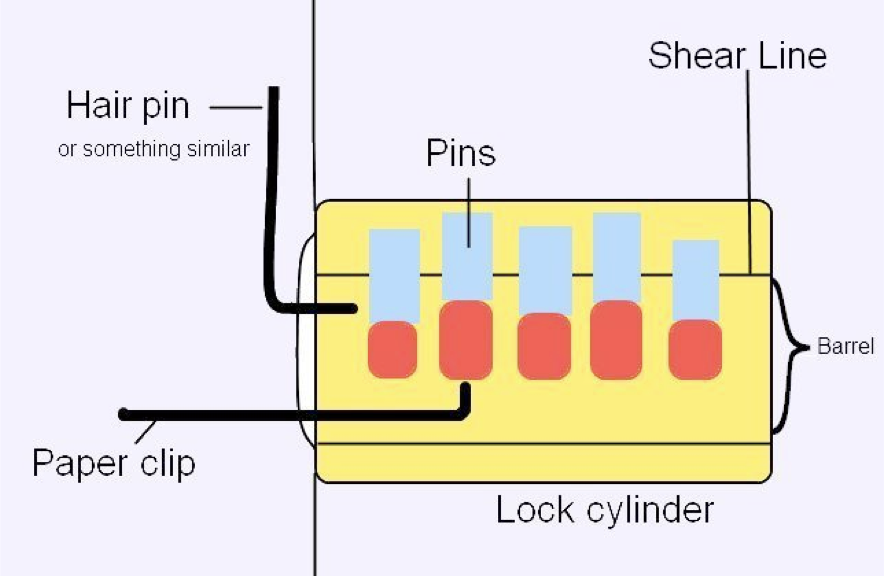
This is where divinatory practices become interesting: not because they offer definitive answers, or a clear-cut decision-making technique, but because they are a process of ongoing inquiry into uncertainty that can accommodate enigmatic, equivocal, or even opposed and conflicting meanings: this ambiguity must be treasured if we want to inhabit the contingency of the world.
It is this act of inquiry that sets possible possibles in motion... cracking new openings to redefine what will have been possible.
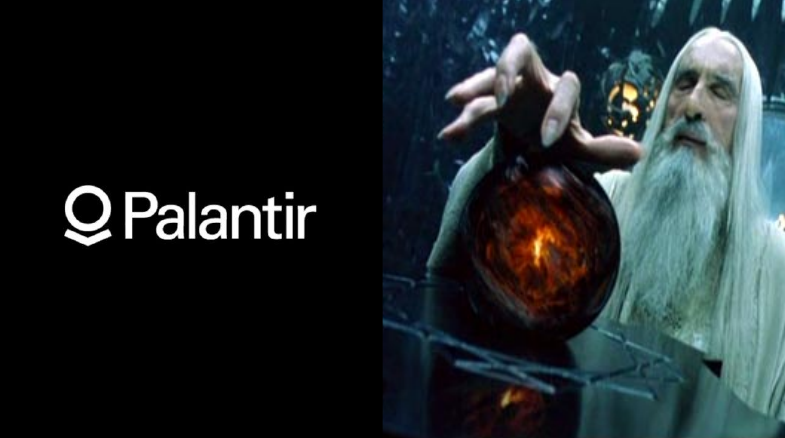
The emphasis on divination and conjectural knowledge should not be misinterpreted as a disregard for scientific knowledge, or worse, as a rejection of machinic technologies.
On the contrary, it must be read as a strategic intervention that counteracts the pseudo-science of contemporary data occultism (data mining company Palantir named after a crystal ball in the lord of the rings) and its techno-deterministic allegedly ‘objective’ knowledge-production (Anderson, 2008).
This is our first step into this space, to conclude we would like to leave you with a set of questions that we will be thinking about going forward:
- Can machines predict anything other than a coarse conservative version of the past?
- How do we contrast the algorithmic manoeuvres that cull the possible by turning it into the probable?
- How do we diagram potential, “all those ‘might haves’ or ‘could bes’ implicit in situations”? (Debaise and Stengers, 2017, p. 17).
Anderson, C. (2008) ‘The end of theory: The data deluge makes the scientific method obsolete.’, Backchannel - Wired.
Candy, S. (2010) The futures of everyday life: Politics and the design of experiential scenarios. PhD thesis.
Debaise, D. and Stengers, I. (2017) ‘The Insistence of Possibles. Towards a Speculative Pragmatism’, PARSE Journal. Translated by A. Brewer, 7.
Debaise, D. and Stengers, I. (eds) (2015) Gestes spéculatifs. Dijon: Les Presses du réel.
Deleuze, G. and Guattari, F. (1987) A thousand plateaus: capitalism and schizophrenia. Minneapolis: University of Minnesota Press.
Guattari Félix (2016) Lines of Flight. For another world of possibilities. London: Bloomsbury
Ginzburg, C. (1980) ‘Morelli, Freud and Sherlock Holmes’, History Workshop, 9, pp. 5–36.
O’Sullivan, S. (2016) ‘On the Diagram (and a Practice of Diagrammatics)’, in Schneider, K. and Yasar, B. (eds) Situational Diagram. New York, NY: Dominique Lévy, pp. 13–25.
Parisi, L. (2017) ‘Reprogramming Decisionism’, e-flux, 85.
Pedregosa, F. et al. (2011) ‘Scikit-learn: Machine Learning in Python’, Journal of Machine Learning Research, 12, pp. 2825–2830.
Ramey, J. A. (2016) Politics of divination: Neoliberal endgame and the religion of contingency. London: Rowman & Littlefield International (Reinventing critical theory).
Ramey, J. A. (2018) Personal conversation.
Rouvroy, A. (2013) ‘The end (s) of critique’, in Hildebrandt, M. and De Vries, K. (eds) Privacy, Due Process and the Computational Turn. London: Routledge, pp. 143–67.
Stengers, I. (2005) ‘The Cosmopolitical Proposal’, in Making Things Public. Atmospheres of Democracy.
Whitehead, A. N. (1970) Science and the Modern World. Reissue edition. New York: Simon and Schuster.